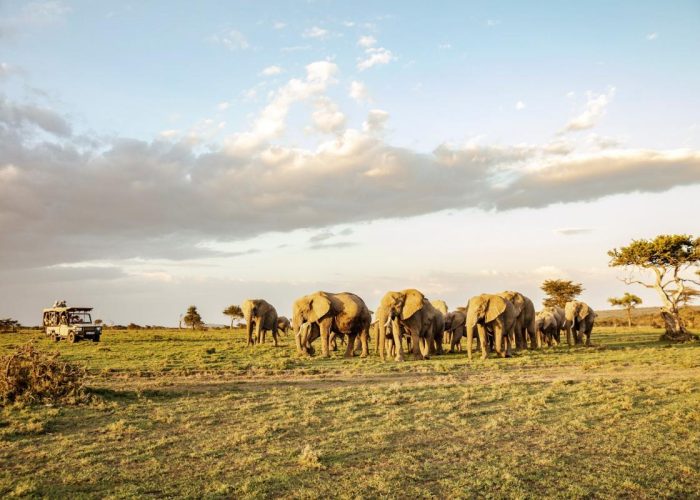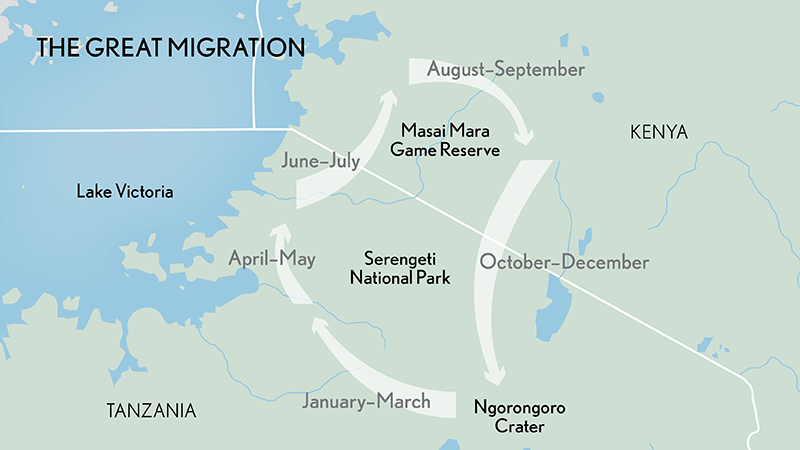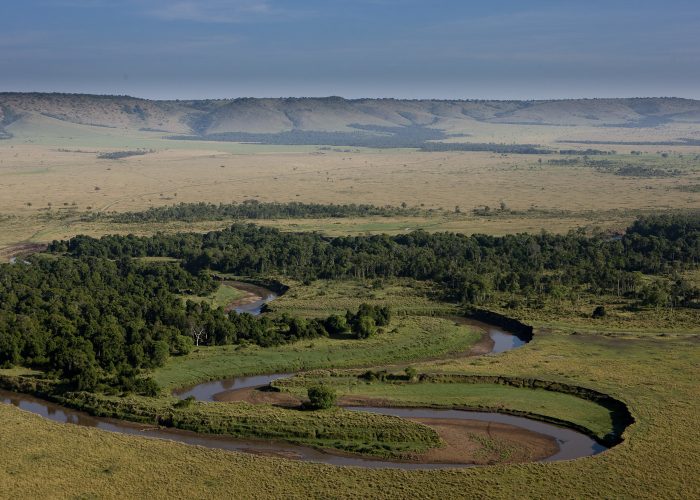Maasai Mara
Overview
The Masai Mara National Reserve and its neighbouring conservancies form Kenya’s flagship conservation area and one of the top safari destinations in Africa. Its wide-open plains provide a sanctuary for an abundance of animals like elephant, buffalo, zebra, giraffe, hyena and the Mara’s famous big cats: lion, leopard and cheetah.
And between about August and November every year, the Mara is a much-welcomed pit stop for unending masses of wildebeest that follow the rains on their death-defying, 2 900-kilometre (1 800-mile) circular journey.
Summary
Tick off your bucket list with these
Tanzanian experiences
Immerse yourself in the culture, exploring local cuisines, wandering the markets, learning a new language or snorkelling in the depths of the Indian Ocean - all whilst being surrounded by untouched nature and pristine sandy beaches.
Safari book nowAttractions

Maps
Maps




